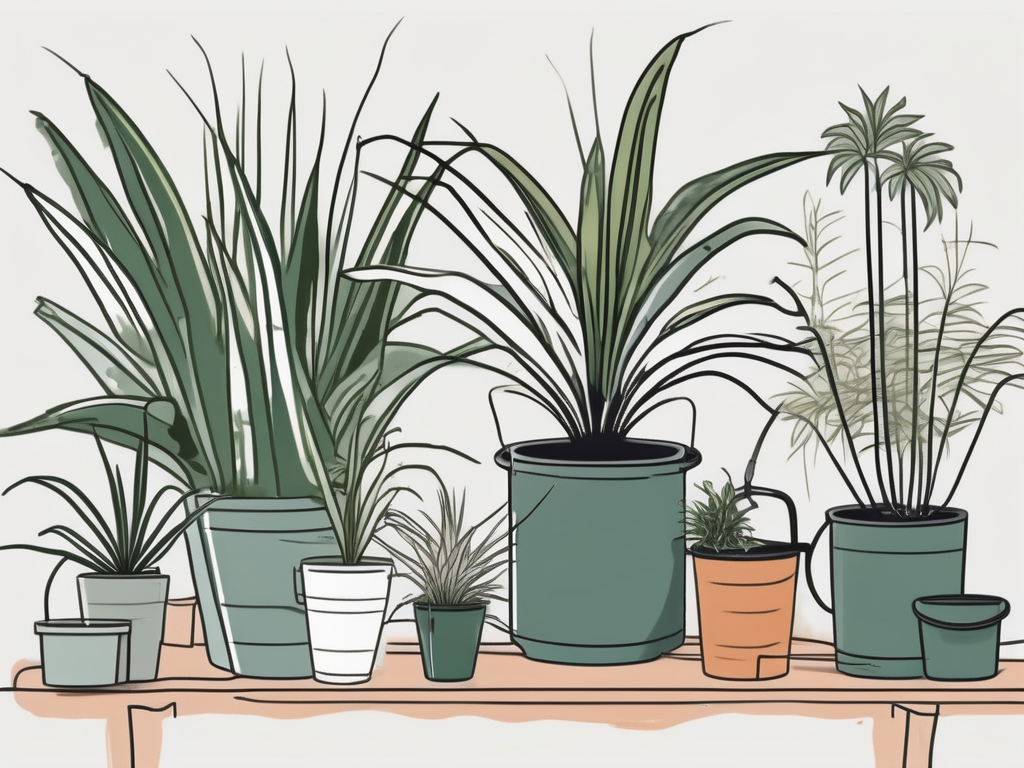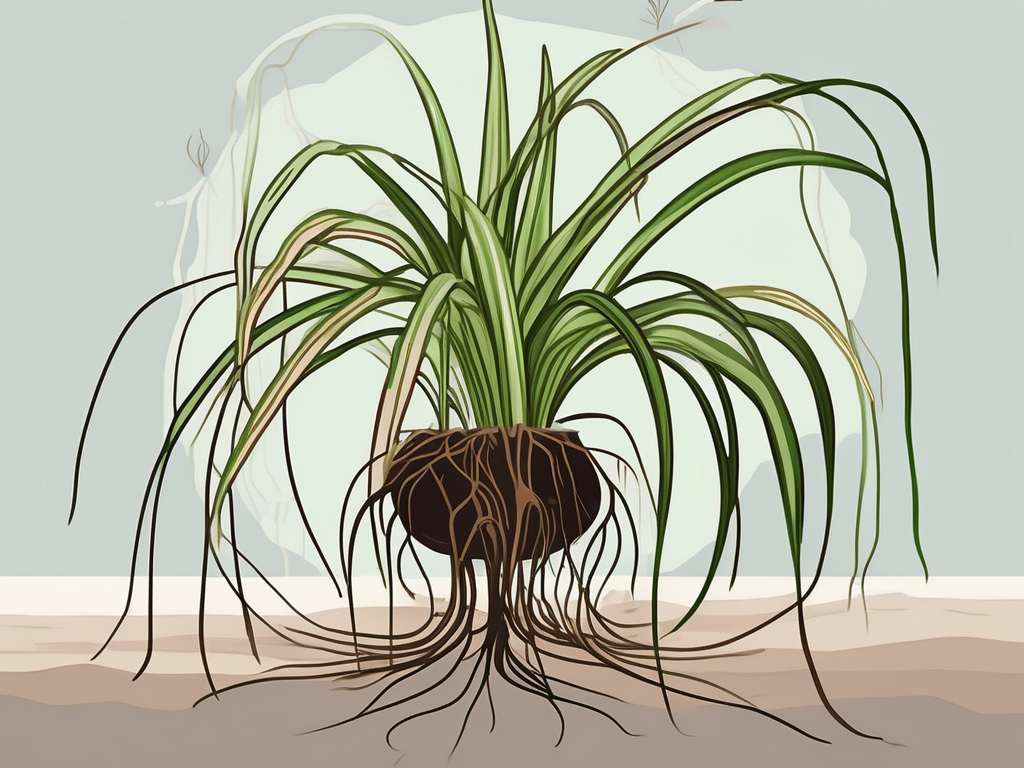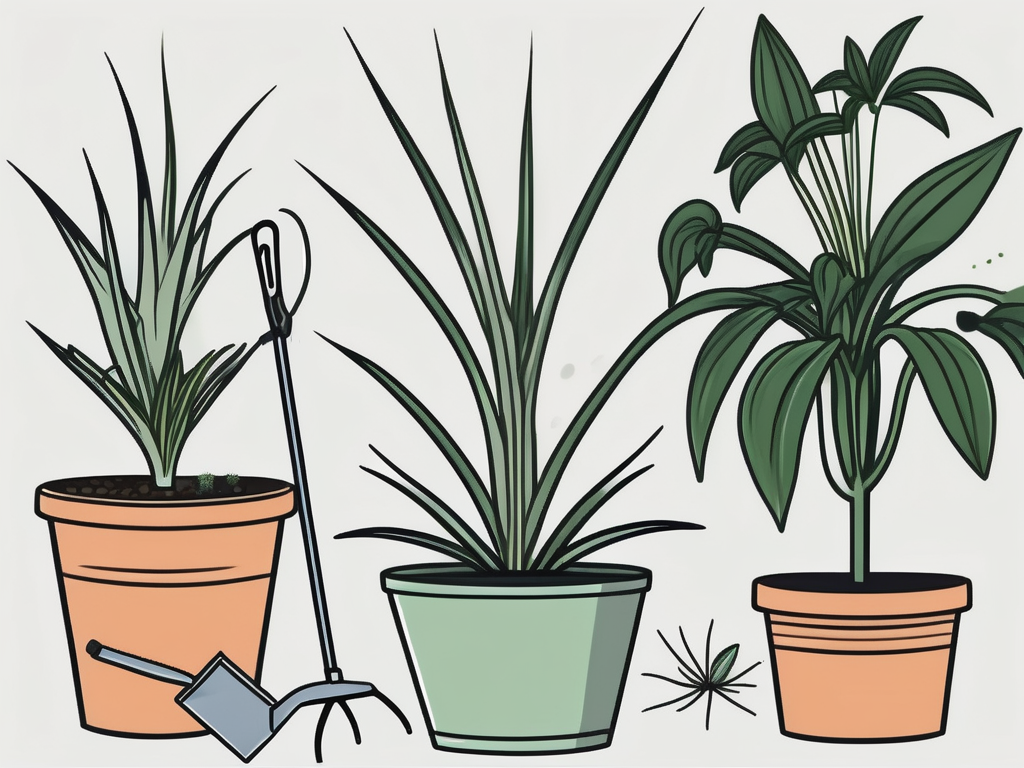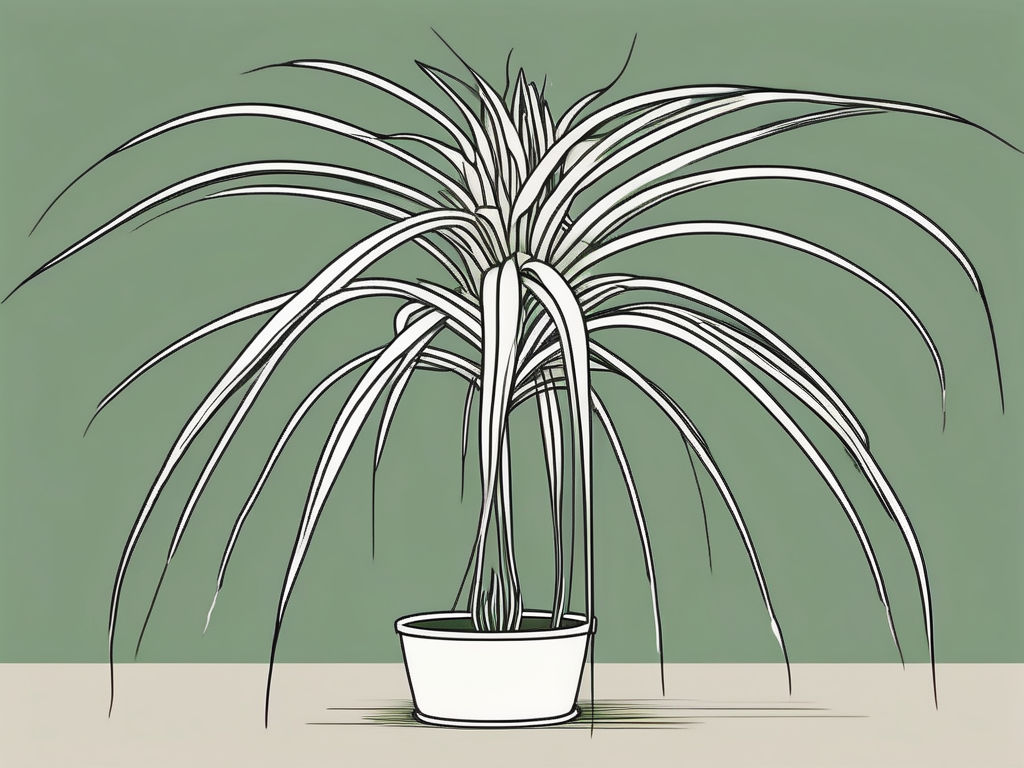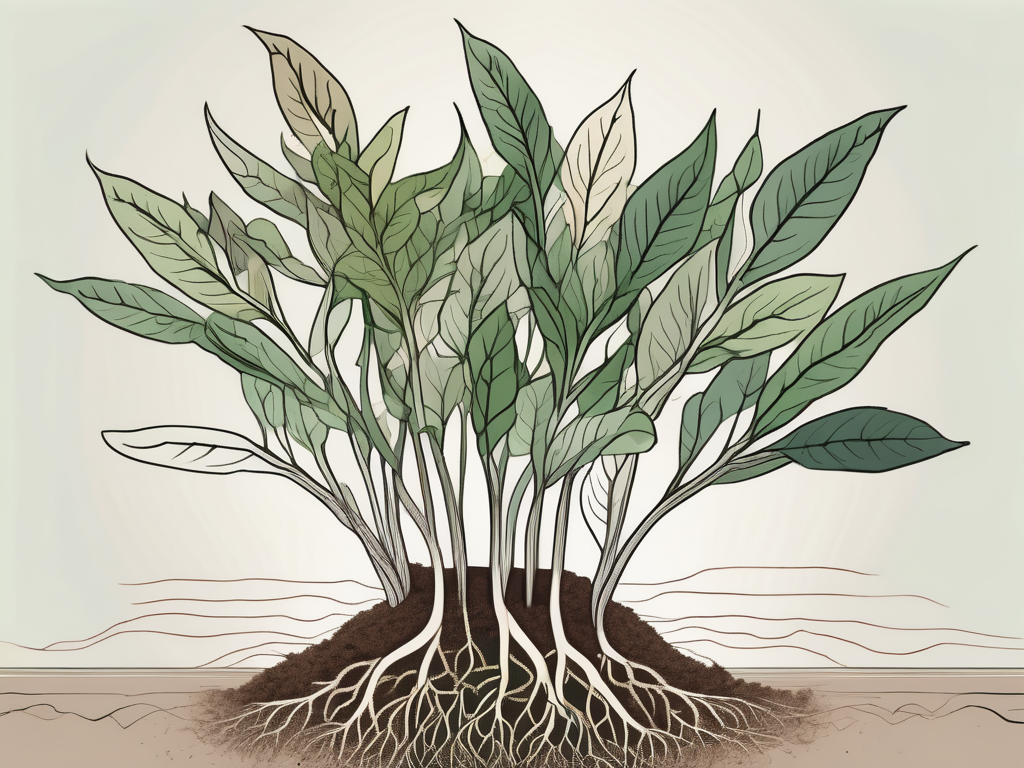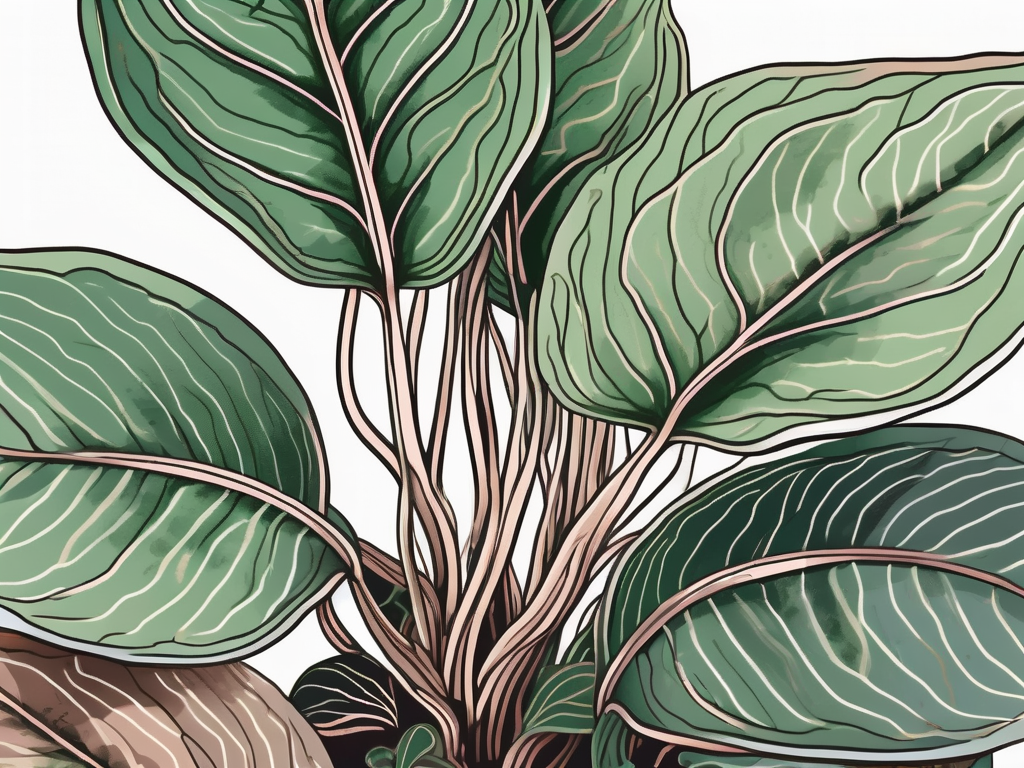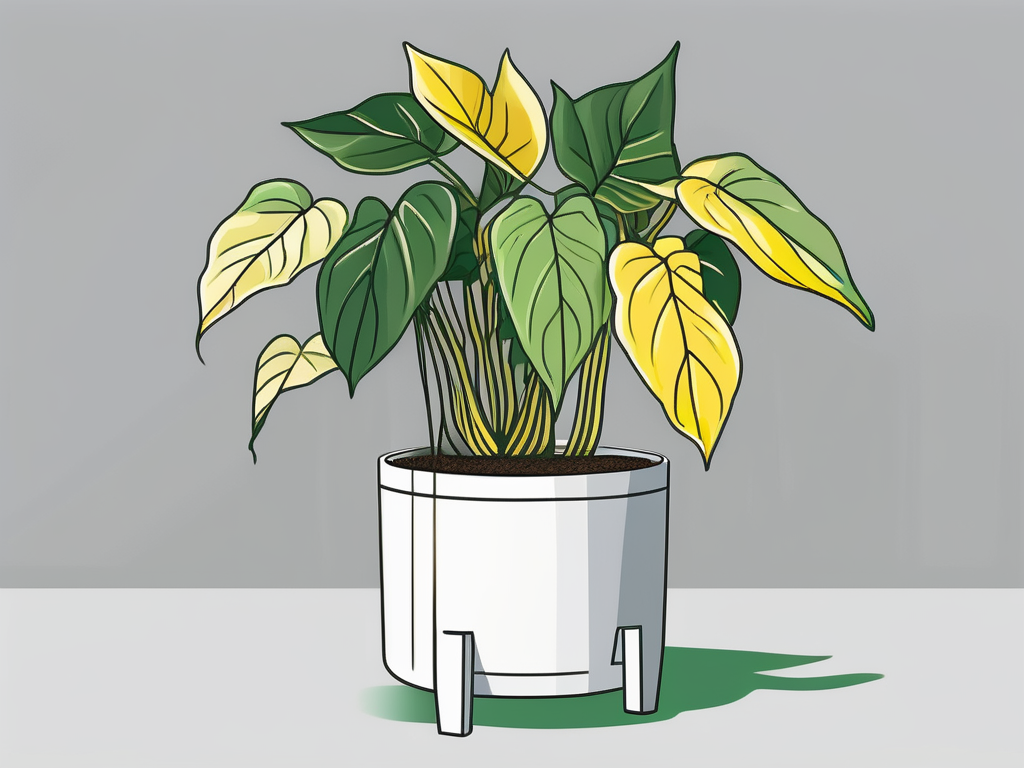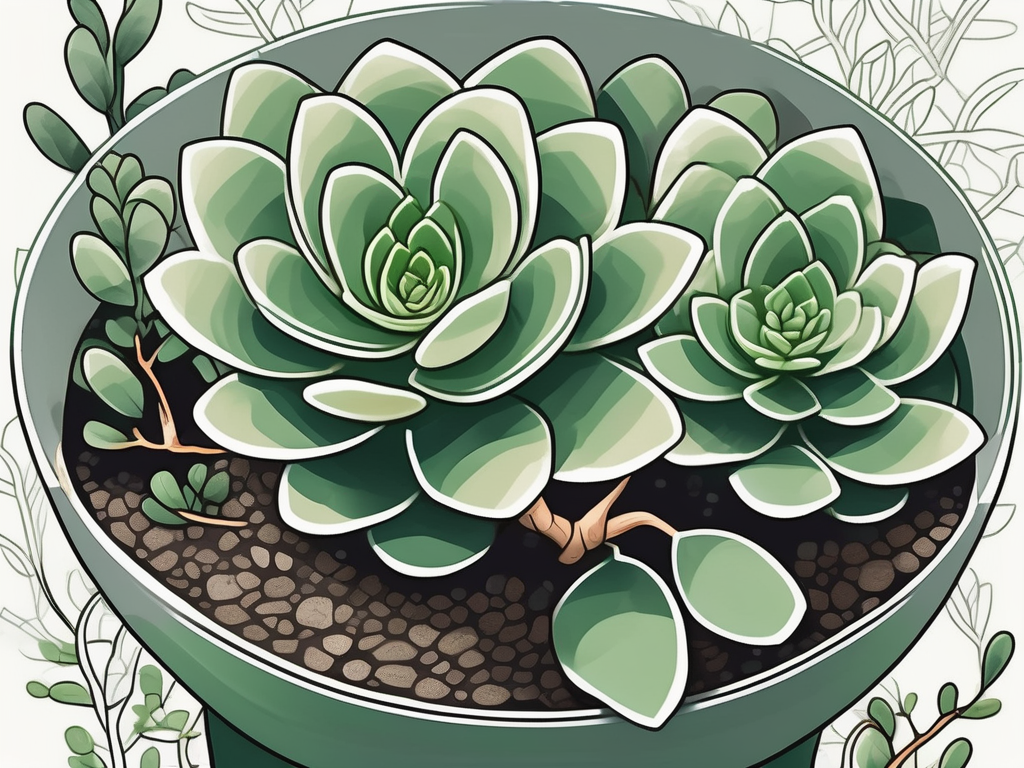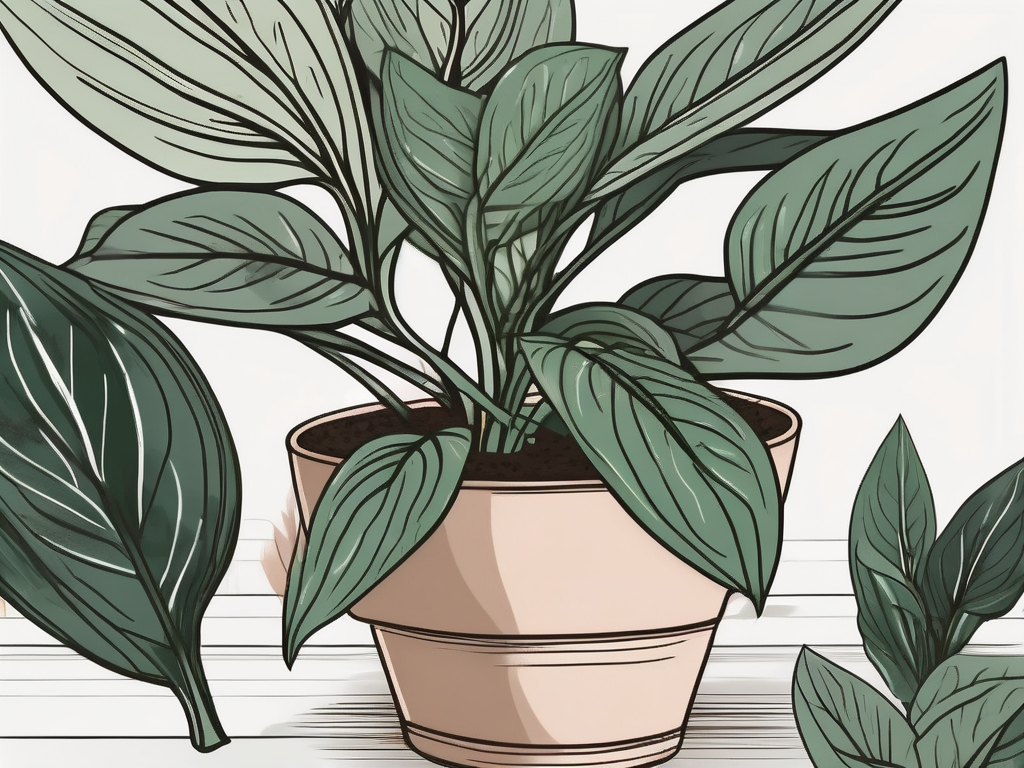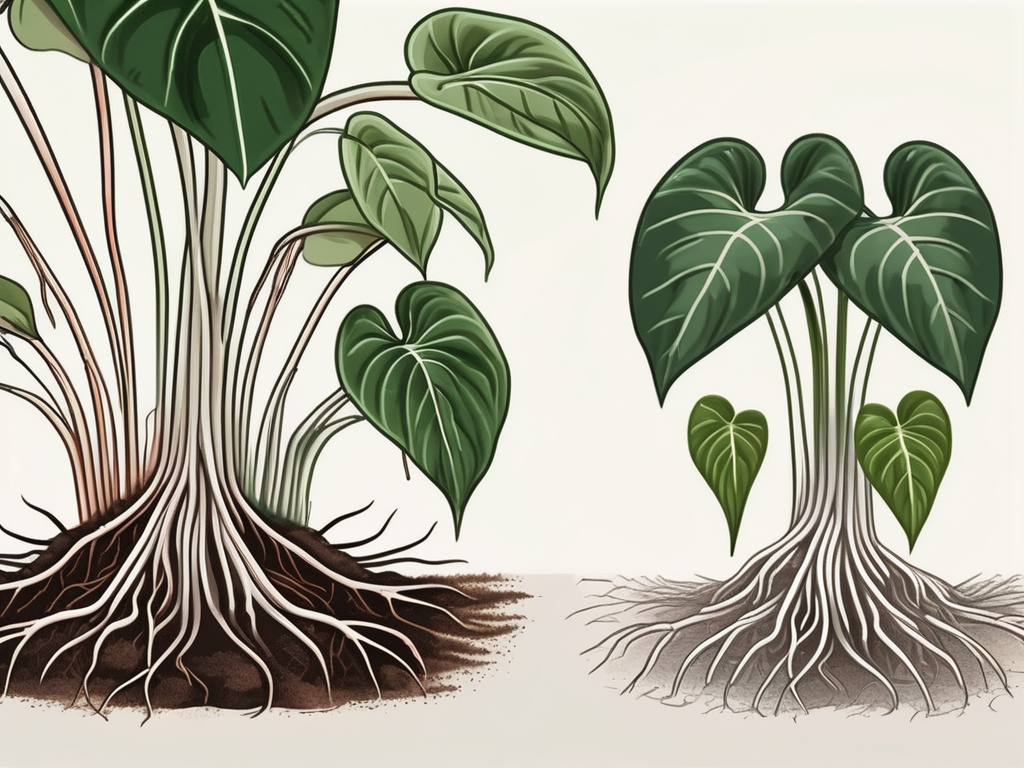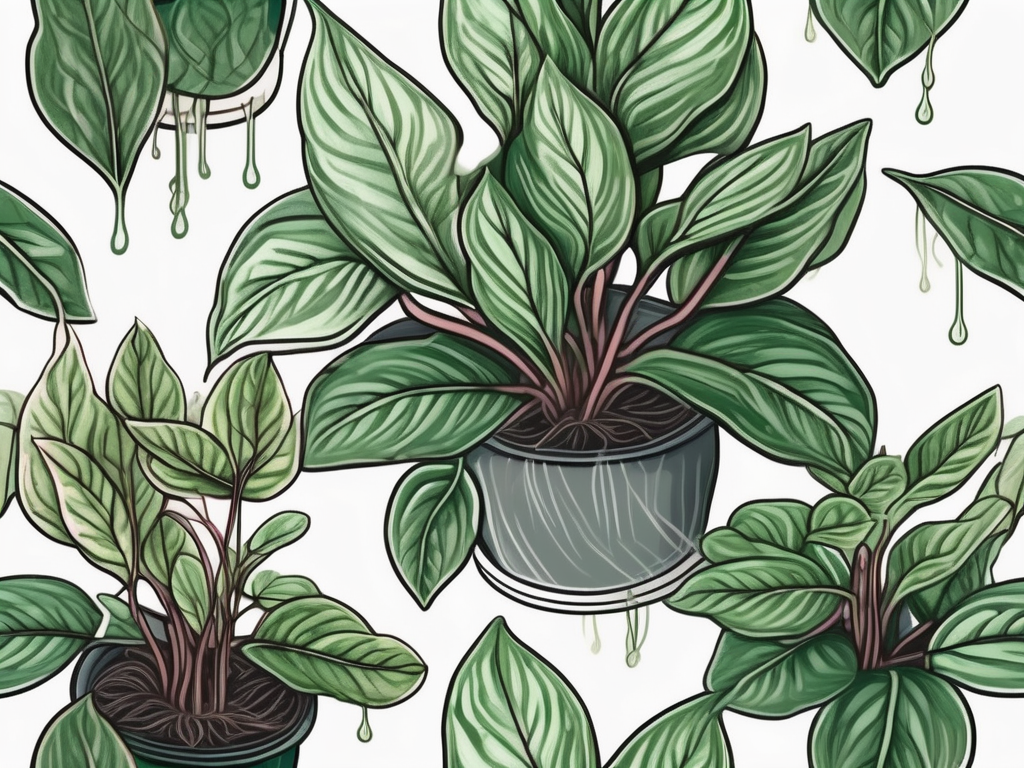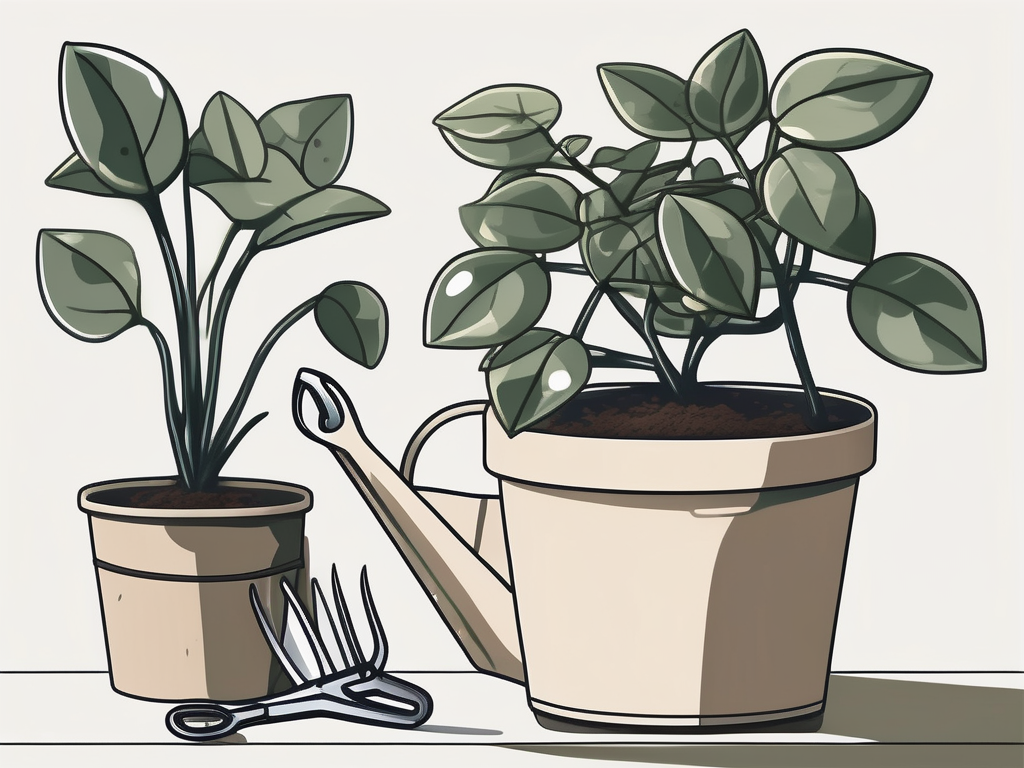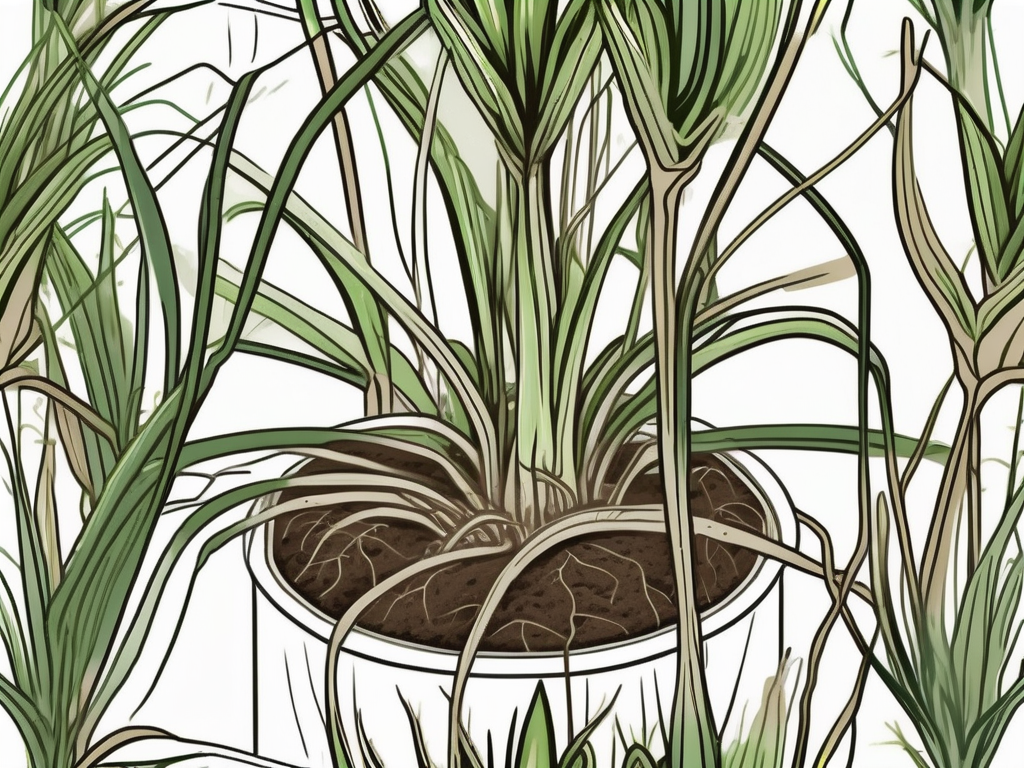
Spider plants are a favorite among houseplant lovers, and not just because of their charming, arching leaves and easy-going nature. There's a hidden world beneath the soil that's just as fascinating. We're talking about the roots of the spider plant. While they might not be the most glamorous part, these roots are crucial for the plant's health and your success in growing a thriving spider plant.
In this post, I'll guide you through why these roots matter so much. We'll cover everything from their structure to how they help the plant absorb nutrients, and even how to care for them to prevent common issues. Let's get started on this root-filled journey!
The Anatomy of Spider Plant Roots
When we talk about spider plant roots, we're diving into a world that’s often hidden beneath the surface. Understanding the anatomy of these roots can give you insights into why your plant behaves the way it does. So, what exactly is going on down there?
Spider plant roots are typically thick and fleshy. This characteristic is important because it allows the plant to store water and nutrients efficiently. Picture them as little reservoirs that help the plant survive dry spells. These roots are quite different from the fibrous roots of many other houseplants, which are more like thin threads.
Interestingly, the roots also have a protective layer called the root cap. This helps them push through the soil without getting damaged. The root hairs, which are tiny and almost invisible, play a crucial role in absorbing water and nutrients. They increase the surface area of the roots significantly, allowing the plant to take in more from its environment.
Understanding this structure helps you realize why spider plants can be so resilient. They have a great system for storing resources and gathering what they need from their surroundings, even when conditions aren't perfect.
How Spider Plant Roots Support the Plant
Now that you know what spider plant roots look like, let's talk about what they actually do for the plant. You might think of roots as just anchors, but they’re so much more than that. They’re the lifeline for your spider plant, performing several critical functions.
First and foremost, roots anchor the plant in its pot. This might seem obvious, but it’s vital. Without a stable base, your plant would topple over at the slightest breeze. The roots grow outward and downward, creating a strong foundation.
Roots are also responsible for absorbing water and nutrients from the soil. This is where those root hairs come into play. They grab onto the water and nutrients, transporting them up through the plant. It's like a well-coordinated delivery system, ensuring every part of the plant gets what it needs to thrive.
Additionally, the roots store extra nutrients and water. In times of scarcity, the plant can rely on these reserves to get by. This ability to store resources is part of what makes spider plants so forgiving if you forget to water them occasionally.
By understanding these roles, you can see why root health is integral to overall plant health. When the roots are happy, your spider plant will be too!
Recognizing Healthy vs. Unhealthy Roots
One of the best ways to ensure your spider plant stays in top form is by keeping an eye on its roots. But how can you tell if they're healthy or not? Let's break it down.
Healthy roots are typically white or light tan in color. They should feel firm to the touch and have a fresh, earthy smell. If you notice these characteristics, your plant's roots are likely in great shape.
On the other hand, unhealthy roots can spell trouble. Often, these roots appear dark brown or black. They may feel mushy or slimy, and sometimes they produce a foul odor. These signs usually indicate root rot, a common issue caused by overwatering or poorly draining soil.
If you suspect your plant's roots are unhealthy, it's crucial to act quickly. Gently remove the plant from its pot and inspect the roots. Trim away any that are rotten, being sure to sterilize your scissors or knife between cuts to prevent spreading any disease.
By regularly checking your plant's roots, you can catch potential problems early, allowing you to take action before they affect the rest of the plant.
The Role of Soil in Root Health
The soil you use for your spider plant plays a massive part in the health of its roots. It's not just about dirt; it's the environment your plant lives in, and it needs to be just right.
Spider plants prefer well-draining soil. This means the soil should allow water to flow through easily, preventing it from sitting around the roots for too long. When water pools around the roots, it can lead to root rot, which, as we've discussed, is a serious issue.
You can create a well-draining mix by combining standard potting soil with materials like perlite or sand. These additions improve drainage and aeration, allowing the roots to breathe. Think of it as giving your plant a pair of quality sneakers for running its marathon of growth.
It's also a good idea to use a pot with drainage holes. This ensures any excess water can escape, reducing the risk of overwatering. If the pot doesn’t have holes, you might consider double potting, where you place the plant in a plastic pot with holes inside a decorative one.
By ensuring your spider plant's soil is up to par, you're setting the stage for healthy root development, which leads to a thriving plant.
Watering Practices for Healthy Roots
Watering might seem straightforward, but when it comes to spider plants, there's a bit more to it. Proper watering practices are crucial for maintaining healthy roots and, by extension, a healthy plant.
Spider plants prefer to dry out a bit between waterings. This means you should let the top inch or so of soil dry before adding more water. Overwatering is one of the most common mistakes and can lead to root rot, which we've already established is something to avoid.
When you water, do so thoroughly. This means allowing the water to flow through the soil and out of the drainage holes. It's better to water deeply and less often than to give the plant a little water frequently. This encourages the roots to grow deeper, seeking out moisture, which strengthens them.
If you're unsure whether your plant needs water, you can use your finger to test the soil's moisture level. Just stick your finger in the soil up to the knuckle. If it feels dry, it's time to water; if not, wait a few days and check again.
By getting your watering routine just right, you can help your spider plant develop strong, robust roots that will support its growth.
Repotting and Its Effects on Roots
Every now and then, your spider plant will need a new home. Repotting is an important part of plant care, and it has a direct impact on the roots. Here's how to do it without stressing your plant too much.
Spider plants typically need repotting every one to two years. If you notice roots growing out of the drainage holes or the plant looking cramped, it’s a sign it’s time for a bigger pot.
To repot, gently remove the plant from its current pot. You might need to slide a knife around the edges to loosen it if it's snug. Once out, take a moment to inspect the roots. Trim any that are dead or damaged.
Choose a new pot that's about 2 inches larger in diameter than the current one. Fill the bottom with fresh, well-draining soil, place your plant in the center, and fill around the edges. Water it thoroughly after repotting to help it settle into its new home.
Repotting gives the roots room to grow, allowing the plant to continue thriving. Just be sure not to jump to too large a pot too quickly, as too much soil can retain excess moisture, leading to—you guessed it—root rot.
Dealing with Root Pests and Diseases
Even with the best care, sometimes pests or diseases can find their way to your spider plant's roots. Knowing what to look for and how to handle these issues is key to maintaining a healthy plant.
Common pests like root aphids or fungus gnats can cause problems. Root aphids are particularly sneaky, feeding on the plant's juices and causing wilting. Fungus gnats, though more annoying than destructive, can still indicate overwatering or poor soil conditions.
To treat pest problems, you might consider using a natural insecticide or beneficial nematodes, which are tiny organisms that prey on pest larvae. Additionally, sticky traps can help catch adult fungus gnats.
Root rot, as we've discussed, is a disease caused by overwatering. To manage it, you’ll need to remove the affected roots and repot the plant in fresh soil. Reducing watering and ensuring proper drainage will help prevent future occurrences.
By keeping an eye out for these issues and acting promptly, you can keep your spider plant's roots healthy and pest-free.
Propagation and Root Growth
One of the joys of owning a spider plant is how easily you can propagate it, creating new plants from the original. This process is not only fun but also a great way to understand root growth.
Spider plants produce small offshoots called "spiderettes" or "pups." These are tiny versions of the parent plant and can be propagated to grow new plants. To do this, simply cut a pup from the parent plant, ensuring it has a bit of root attached.
Place the pup in a small pot with well-draining soil, water it, and place it in a spot with indirect light. Over the next few weeks, new roots will develop, anchoring the plant and allowing it to grow independently.
Propagation is a wonderful way to expand your plant collection or share plants with friends. Plus, it gives you a firsthand look at how roots develop and support new growth.
Final Thoughts
Understanding the inner workings of spider plant roots can elevate your plant care routine from good to great. We've covered the anatomy of the roots, their essential roles in supporting the plant, and how to maintain them in peak condition. With this knowledge, you're well-equipped to help your spider plant thrive.
At Cafe Planta, we're passionate about helping you bring the beauty of plants into your home. We offer a wide range of houseplants, care accessories, and even plant-themed apparel. If you have any questions, don't hesitate to email us or message us on Instagram. Whether you're new to plants or a seasoned pro, we're here to support your plant journey. Let's grow together!













